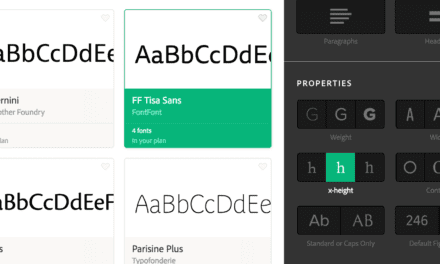ARTICLE SUMMARY: When it comes to designing websites there is a lot you have to consider in order to create a site that will strike a good balance between performance, functionality, UX, and design.
Site speed is key to ecommerce success. It directly influences your conversion rates, repeat business, and search engine rankings.
Studies show that the lower the web page load time the more your conversion rate increases. The question is what information are you willing to sacrifice in order to maintain that lower page load time.
To help with that dilemma Cody Arsenault wrote “Setting and Calculating a Web Performance Budget,” a guide on how to build a website and keep important information and maintain a good load time. This article covers
- What is a web performance budget?
- Setting a web performance budget
- Measure and calculate performance budget
As designers we are well aware while there are really no constraints on the amount of information we put into our websites, we do however have to take into account our target audience and your visitor metrics.
As Cody Arsenault says, “Using a web performance budget can be a great point of reference for helping you figure out what should and shouldn’t go on your website. If something is slowing down your site, either figure out a way to optimize it or if it doesn’t serve a useful purpose, perhaps it is time to drop it altogether.”
This is a great article for new and seasoned designers alike. This article contains plenty of links to resources that will help you develop a Web Performance Budget and help you find that balance between important information and functionality.
Let us know what you think in the comments.




